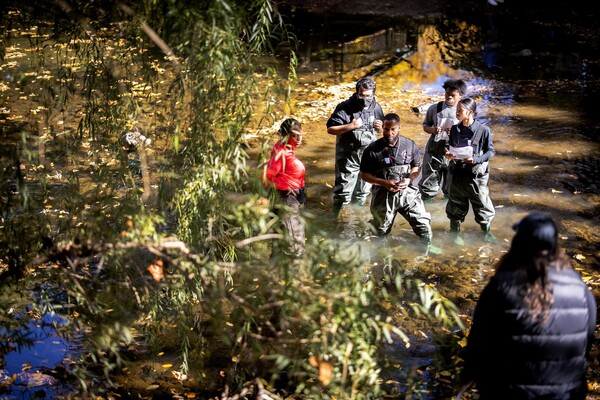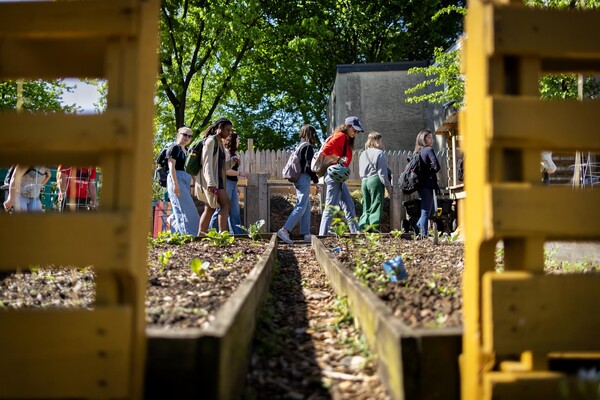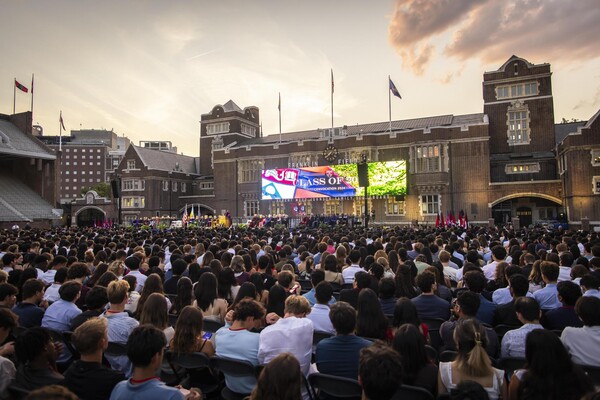“The Last Landscape”
“For years we wasted land with impunity,” William H. Whyte writes in this classic work now returned to print. “Now we no longer can.”
Called “the best study available on the problems of open space” by The New York Times when it first appeared in 1968, “The Last Landscape” introduced many cornerstone ideas for land conservation, urging all of us to make better use of the land that has survived amid suburban sprawl.
One of Whyte’s findings is surprising: Our cities and suburbs are not really jammed; they just look that way. There are in fact many open areas and plenty of ways to use this existing space to the benefit of the community.
Whyte’s pioneering work on easements outlined in “The Last Landscape” led to the passage of major open space statutes in many states, and his argument for using and linking green spaces, however small the areas may be, is a recommendation that has more currency today than ever before.
We owe it to Whyte, former editor of Fortune magazine and author of “The Organization Man,” and his students that billboards don’t crowd out the trees along the interstates in New Jersey, that farms in both New Jersey and Pennsylvania can now be “preserved,” and that I-95 doesn’t cut across the island of Manhattan.
Paco Underhill, author of “Why We Buy: The Science of Shopping,” wrote, “As much as ‘Silent Spring’ challenged American science to recognize its long-term responsibilities, ‘The Last Landscape’ asked communities, the government, and the design profession to do the same.”
In his new preface, Tony Hiss, former staff writer for The New Yorker and author of “The Experience of Place,” explains how “The Last Landscape” provides a practical and timeless framework for making informed decisions about the land around us.
—University of Pennsylvania Press








